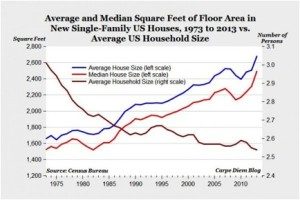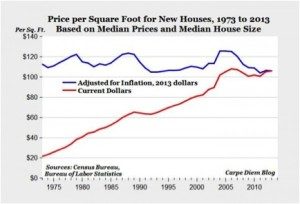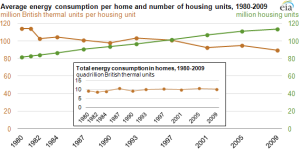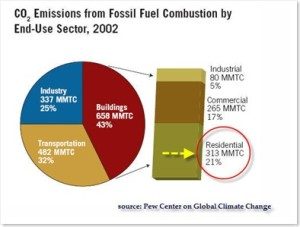The Tiny House article featured in last weeks Mountain Xpress ( https://bit.ly/1rDB1Q6) had some great examples of people choosing to downsize in a big way. The reasons are mostly obvious though some are a surprise. The economics are understandable. Most prebuilt ones are around $25,000-$75,000. Also they lend themselves to owner/builder projects that can cost less than half of that. That does not include land or utilities or permitting costs. Those fixed costs drive up the total a lot, conservatively a lot for $25,000 plus utilities for $8,000 in Asheville . The smallest house we have built for the market was 950 square feet and cost $157,000 or $165 per square foot and cost $190 per square foot or $180,000 including lot and utilities and $2000 in city permits and certification for GreenBuilt NC. https://www.wncgbc.org/programs/green-built
So even compared to a small house a tiny house is a lot less money. There are some other issues though. How hard is a tiny house to finance and does it appreciate or depreciate. For most people their home is their biggest investment and banks are conservative folks, especially these days, when it comes to loaning money to homebuyers. If you can do most of the work yourself and/or have the money it seems like a great way to see what is really needed in a home and what the trade offs are worth in terms of economics and simplifying your living. I thought Natalie Pollard in that Xpress article said it really well:
“There’s less maintenance, less to worry about, less to fill. … A lot of it has to do with simplifying and ridding of extraneous responsibilities, so I have more time and, ironically, space in my life to do other things.” And then, she continues, “There’s the economical and practical side of things, as far as not wanting to be burdened with debt. … There’s the sustainable aspect of it too: less waste, less footprint.”
This all led me onto looking at where we as Americans are at with our home sizes. The biggest home in the US interestingly is the Biltmore House at 135,280 square feet though for a current comparison The Versaille house in Florida will be 90,000 square feet and cost about $100 million dollars when it is finished this year. That is a lot of extraneous responsibilities. https://bit.ly/1pvmL9S
Looking at the average homes in the US the square footage per person has almost doubled in the last forty years from 551 to 1055 square feet per person. During that same time family size has gone down though the price per square foot has barely budged. https://bit.ly/UmCwGg



At the same time due to more energy efficiency, home energy consumption is actually a little lower overall. “Total U.S. energy consumption in homes has remained relatively stable for many years as increased energy efficiency has offset the increase in the number and average size of housing units” https://1.usa.gov/1rj8qAs

How we stand in relation to other countries size wise. Australia is the big surprise to me.
https://bit.ly/19vmb7k

The climate change problem means buildings have to greatly reduce their greenhouse gas emissions not maintain them. The contribution of residential buildings to greenhouse gas emissions is considerable, about 21% of overall CO2 emissions.
Size matters though the energy to operate buildings is a much larger environmental impact over the life of a home than the resources used to construct it. That impact can be greatly reduced by building efficient homes that produce most of their own renewable energy. Properly sized solar panels can produce as much energy as a home uses over a year, a Zero Energy Home.

